Menu
About UC
Mō UC
Campus & community
Study
Ako
Study information
Life
Te Ao o UC
Student life
Support
Research
Rangahau
About our research
Research groups & projects
News and Events
Rongo o te Wā
Latest News
About UC
Mō UC
Campus & community
Study
Ako
Study information
Life
Te Ao o UC
Student life
Support
Research
Rangahau
About our research
Research groups & projects
News and Events
Rongo o te Wā
Latest News
About UC
Mō UC
Campus & community
Study
Ako
Study information
Life
Te Ao o UC
Student life
Support
Research
Rangahau
About our research
Research groups & projects
News and Events
Rongo o te Wā
Latest News
About UC
Mō UC
Campus & community
Study
Ako
Study information
Life
Te Ao o UC
Student life
Support
Research
Rangahau
About our research
Research groups & projects
News and Events
Rongo o te Wā
Latest News
About UC
Mō UC
Campus & community
Study
Ako
Study information
Life
Te Ao o UC
Student life
Support
Research
Rangahau
About our research
Research groups & projects
News and Events
Rongo o te Wā
Latest News
Contact us
Regular hours
Refer below for contact hours.
Special hours
Student Support
Our faculty student advisors are here to help Engineering, Forestry and Product Design students plan their degree and courses.
Undergraduate support: engdegreeadvice@canterbury.ac.nz
Postgraduate support: engpgdegreeadvice@canterbury.ac.nz
Work Experience: engworkexperience@canterbury.ac.nz
Phone numbers:
- Domestic: 03 369 1717
- International: +64 3 369 1717
- UC internal: 91717
For any future student enquiries, please contact: futurestudents@canterbury.ac.nz
Our people
Office of the Executive Dean
-
Saurabh Sinha

-
Saurabh Sinha

-

Saurabh Sinha
Amo Matua, Pūhanga
Executive Dean
Pressing this button will open your email client.Pressing this button will start a call. -
Yolande Lawrence
-
Yolande Lawrence
-

Yolande Lawrence
Personal Assistant
Pressing this button will open your email client.Pressing this button will start a call. -
Pedro Lee
-
Pedro Lee
-

Pedro Lee
Associate Dean (Academic)
Pressing this button will open your email client.Pressing this button will start a call. -
Rua Murray
-
Rua Murray
-

Rua Murray
Ahorangi, Amo Tuarua (Akoranga)
Associate Dean (Academic)
Pressing this button will open your email client.Pressing this button will start a call. -
Geoff Rodgers
-
Geoff Rodgers
-

Geoff Rodgers
Associate Dean (Research)
Pressing this button will open your email client.Pressing this button will start a call. -
Adrian Clark
-
Adrian Clark
-

Adrian Clark
Director - Academic
Director of Studies
Pressing this button will open your email client.Pressing this button will start a call.
Administration
-
Simon Arnold
-
Simon Arnold
-

Simon Arnold
Director of Faculty Operations
Pressing this button will open your email client.Pressing this button will start a call. -
Garrick Thorn
-
Garrick Thorn
-

Garrick Thorn
Deputy Faculty Manager
Pressing this button will open your email client.Pressing this button will start a call. -
Melissa Barber
-
Melissa Barber
-
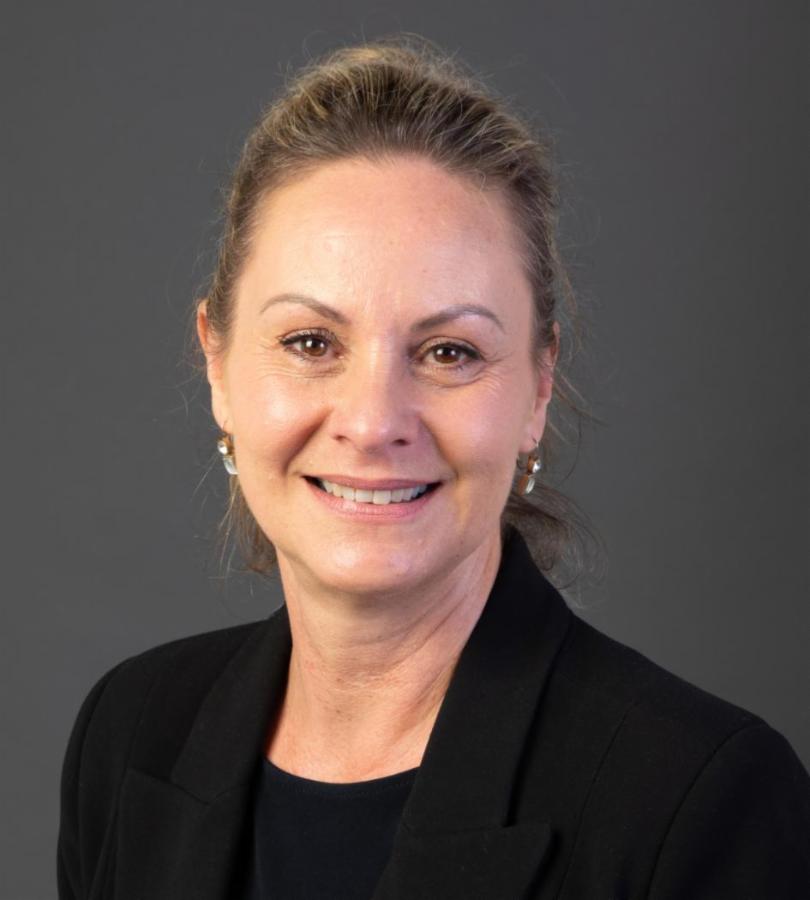
Melissa Barber
Academic Services Manager
Pressing this button will open your email client.Pressing this button will start a call. -
Vicki O'Sullivan
-
Vicki O'Sullivan
-

Vicki O'Sullivan
Faculty Office Administrator
Pressing this button will open your email client.Pressing this button will start a call. -
Tania Ohlson
-
Tania Ohlson
-

Tania Ohlson
Academic Administrator
Pressing this button will open your email client.Pressing this button will start a call. -
Paula Hitchings
-
Paula Hitchings
-

Paula Hitchings
Faculty Ops Administrator
Pressing this button will open your email client.Pressing this button will start a call. -
Mel Lloyd
-
Mel Lloyd
-
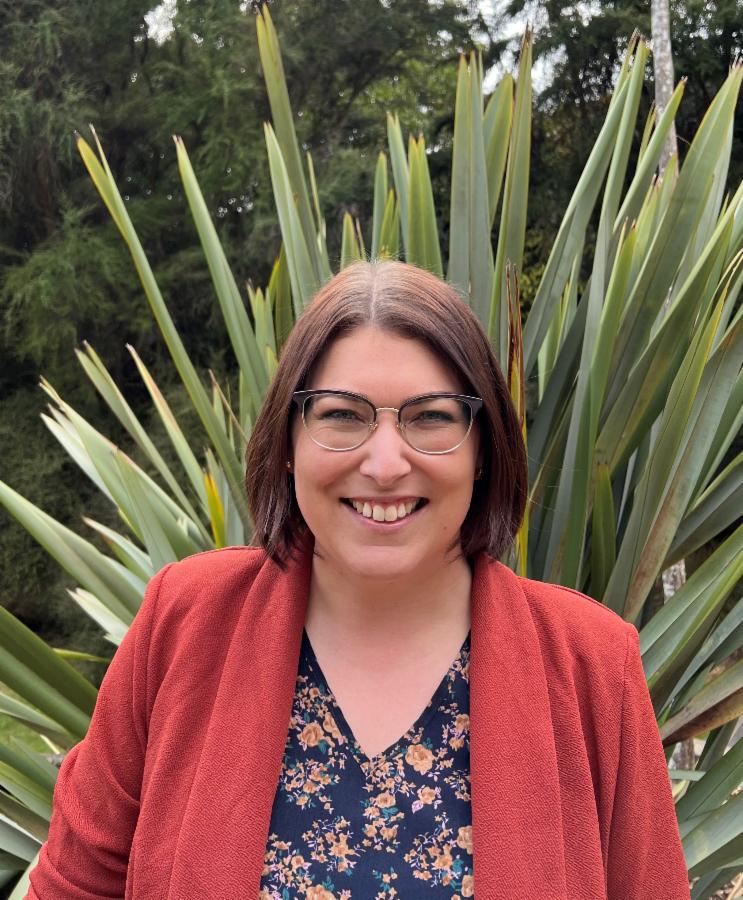
Mel Lloyd
Faculty Events Coordinator
Pressing this button will open your email client.Pressing this button will start a call. -
Candy Lin
-
Candy Lin
-

Candy Lin
Lecturer - Teaching and Admin
Pressing this button will open your email client.Pressing this button will start a call. -
Jennifer Brouwer
-
Jennifer Brouwer
-

Jennifer Brouwer
Faculty ProjectsAcademicOp
Pressing this button will open your email client.Pressing this button will start a call.
Student Advisors
-
Brooke Rowland
-
Brooke Rowland
-
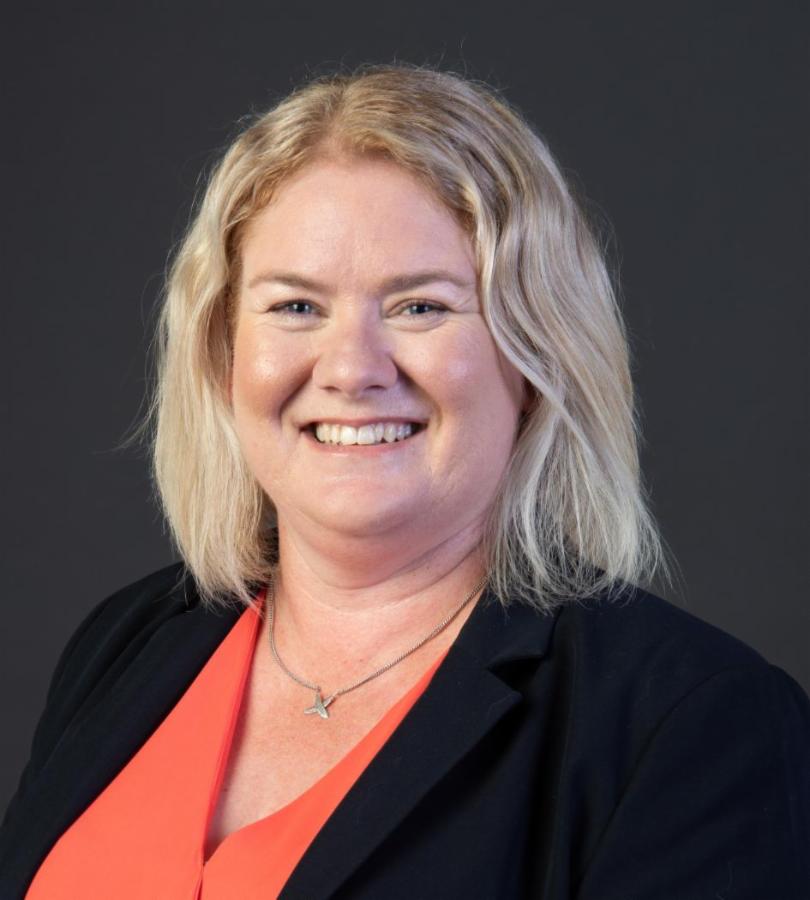
Brooke Rowland
Student Advisor
Pressing this button will open your email client.Pressing this button will start a call. -
Emma Clark
-
Emma Clark
-
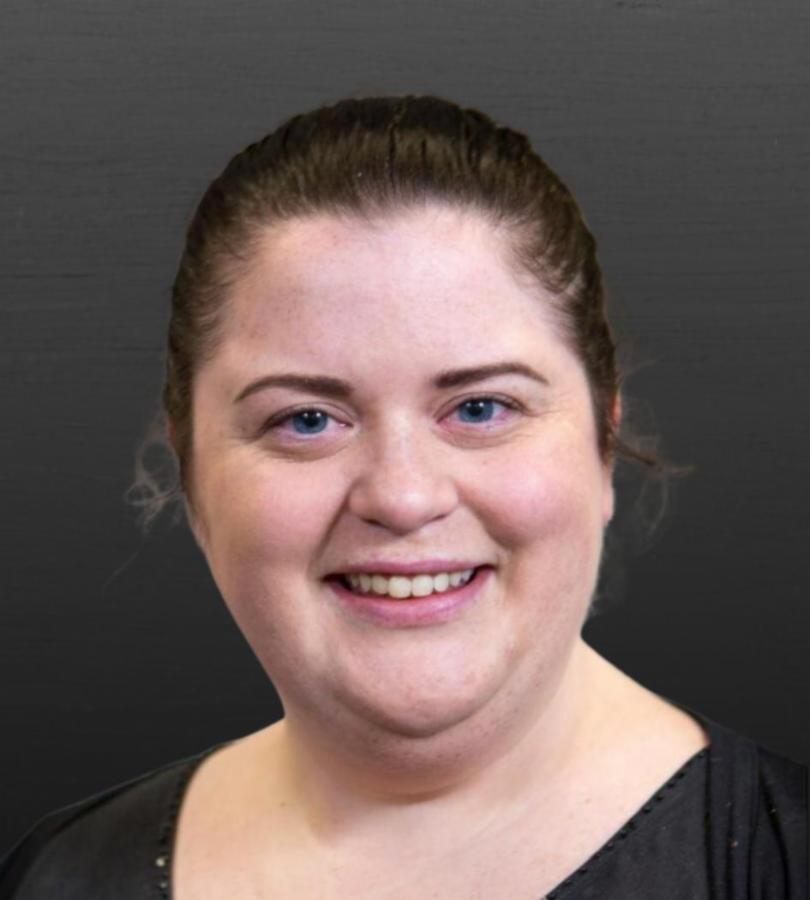
Emma Clark
Student Advisor
Pressing this button will open your email client.Pressing this button will start a call. -
Matt McPherson
-
Matt McPherson
-

Matt McPherson
Student Advisor
Pressing this button will open your email client.Pressing this button will start a call. -
Tracey Robinson
-
Tracey Robinson
-

Tracey Robinson
Student Advisor
Pressing this button will open your email client.Pressing this button will start a call.
Work Experience Co-ordinators
-
Katharina Jenner
-
Katharina Jenner
-

Katharina Jenner
Work Experience Co-ordinator
Pressing this button will open your email client.Pressing this button will start a call. -
Sally Hinkley
-
Sally Hinkley
-
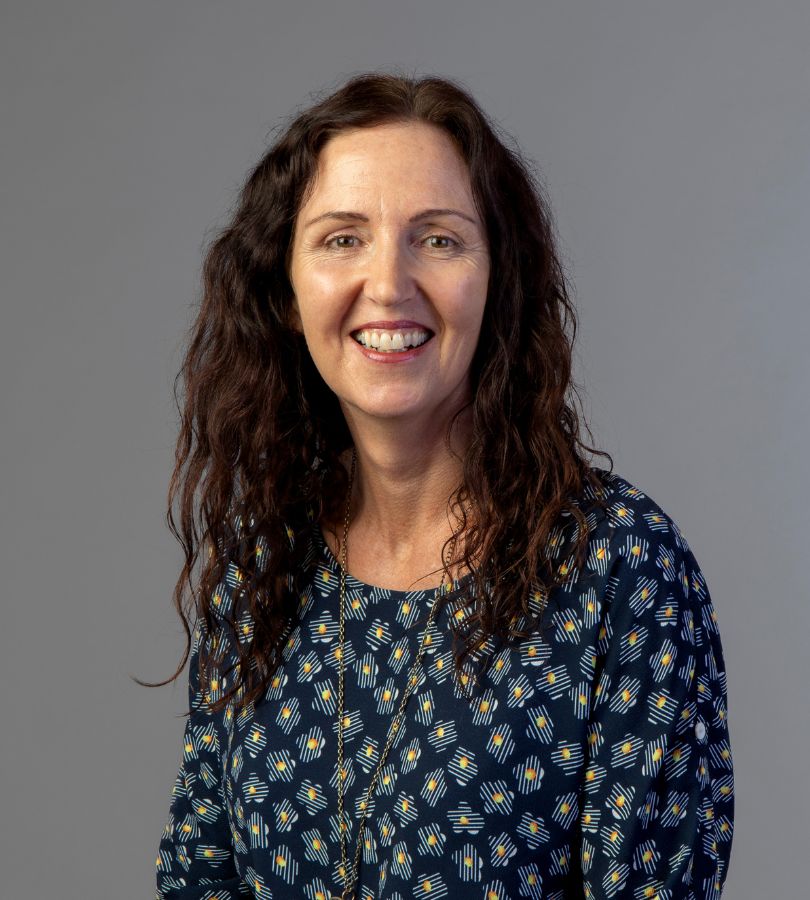
Sally Hinkley
Work Experience Co-ordinator
Pressing this button will open your email client.Pressing this button will start a call.
Marketing & Outreach
Finance
-
Janice McAulay
-
Janice McAulay
-

Janice McAulay
Sr Finance Business Partner
Pressing this button will open your email client.Pressing this button will start a call. -
Warren Smith
-
Warren Smith
-

Warren Smith
Senior Finance Administrator
Pressing this button will open your email client.Pressing this button will start a call. -
Annie McEwin
-
Annie McEwin
-

Annie McEwin
Finance Coordinator
Pressing this button will open your email client.Pressing this button will start a call.
Māori Support
-
Keruby Ioane
keruby.ioane@canterbury.ac.nz
-
Keruby Ioane
keruby.ioane@canterbury.ac.nz
-

Keruby Ioane
Pacific Advisor
Pressing this button will open your email client.Pressing this button will start a call. -
Te Arani Huia
-
Te Arani Huia
-
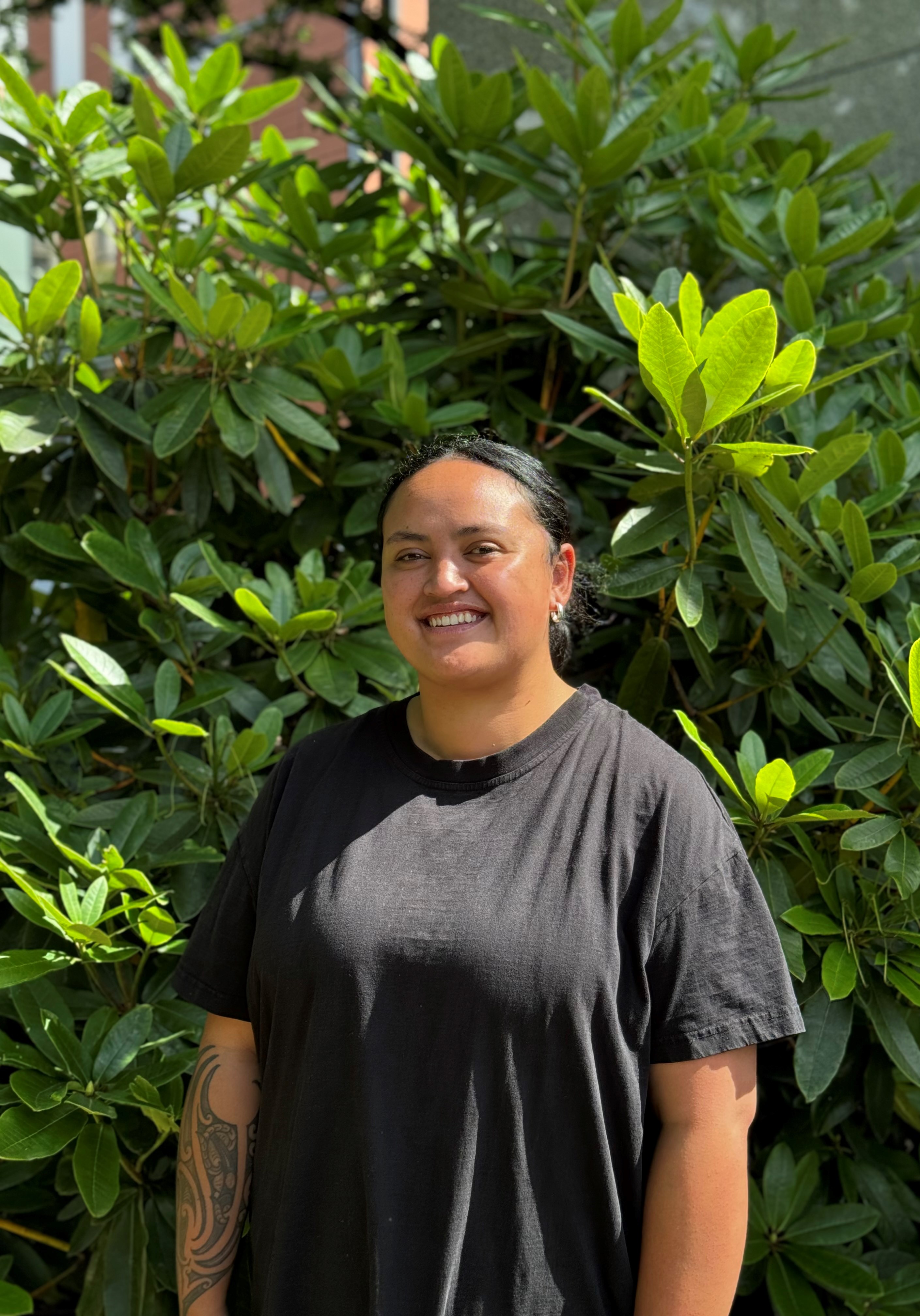
Te Arani Huia
Ngāi te rangi, Waikato
Kaiurungi
Engineering and Education
Pressing this button will open your email client.Pressing this button will start a call.
Visit the Faculty Office and John Britten Building on a virtual tour
Visit our virtual tour of the Engineering Core building
By clicking "Accept All Cookies", you agree to the storing of cookies on your device to enhance site navigation, analyse site usage, and assist in our marketing efforts.
General enquiries
0800 827 748 (within NZ)
+64 3 369 3999
Emergency contact details
Ext: 92111 (from a campus landline)
Direct dial: 0800 823 637
University of Canterbury | A Fair Trade University



